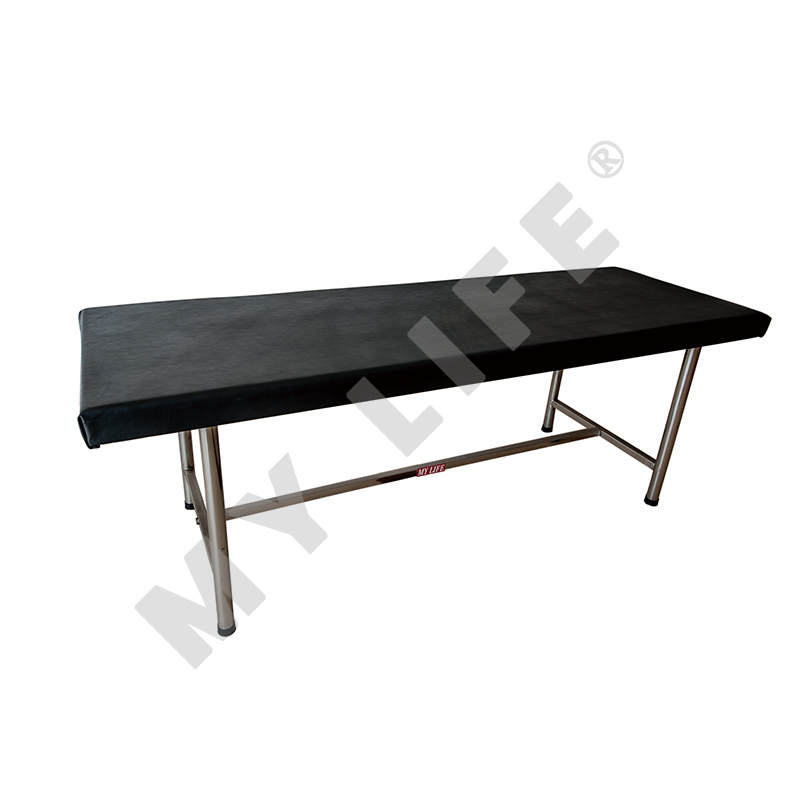The Importance of Examination Beds in Healthcare Settings
In the world of healthcare, examination beds play a vital role in providing a comfortable and efficient environment for medical examinations and procedures. These specially designed beds offer a range of features that benefit both healthcare providers and patients. From routine check-ups to complex surgeries, examination beds serve as a fundamental component in delivering quality healthcare.


Patient Comfort:
One of the primary objectives of examination beds is to ensure patient comfort during medical examinations. These beds are designed with padded surfaces that offer support and minimize discomfort for patients. The cushioning helps alleviate pressure points and promotes relaxation during examinations, making the experience less intimidating for patients.
Adjustable Positions:
Examination beds are equipped with mechanisms that allow for easy adjustment of positions. Healthcare professionals can modify the bed's height, backrest, and leg rest to create the most suitable position for specific examinations or procedures. This adjustability not only enhances patient comfort but also provides healthcare providers with better access to the patient's body, facilitating accurate examinations and treatments.
Safety and Accessibility:
Patient safety is a top priority in healthcare settings, and examination beds are designed with safety features to meet this objective. Many examination beds include side rails to prevent patients from accidentally falling off the bed, particularly during procedures that may induce drowsiness or sedation. Additionally, these beds often have low heights, making it easier for patients to get on and off them safely, especially for individuals with limited mobility.
Versatility and Specialized Functionality:
Examination beds are available in various configurations to cater to different medical specialties and procedures. For instance, gynecological examination beds have specialized features such as stirrups to support patients during pelvic examinations. In contrast, surgical examination beds are designed to accommodate complex procedures and integrate with other surgical equipment. The versatility of examination beds allows healthcare providers to perform a wide range of examinations and treatments in a single, dedicated space.
Hygiene and Maintenance:
Maintaining a clean and hygienic environment is critical in healthcare settings. Examination beds are designed with materials that are easy to clean and disinfect, reducing the risk of cross-contamination between patients. Smooth surfaces and removable cushions or covers enable thorough cleaning after each use. This attention to hygiene helps prevent the spread of infections and ensures the well-being of both patients and healthcare providers.
Examination beds are indispensable components of healthcare settings, facilitating efficient and comfortable medical examinations and procedures. Their ability to provide patient comfort, offer adjustable positions, ensure safety, and accommodate specialized functions contributes to the overall quality of healthcare delivery. As advancements continue to shape the healthcare industry, examination beds will undoubtedly evolve to meet the changing needs of patients and healthcare providers, further enhancing the standards of care in medical settings.

 英语
英语 中文简体
中文简体






